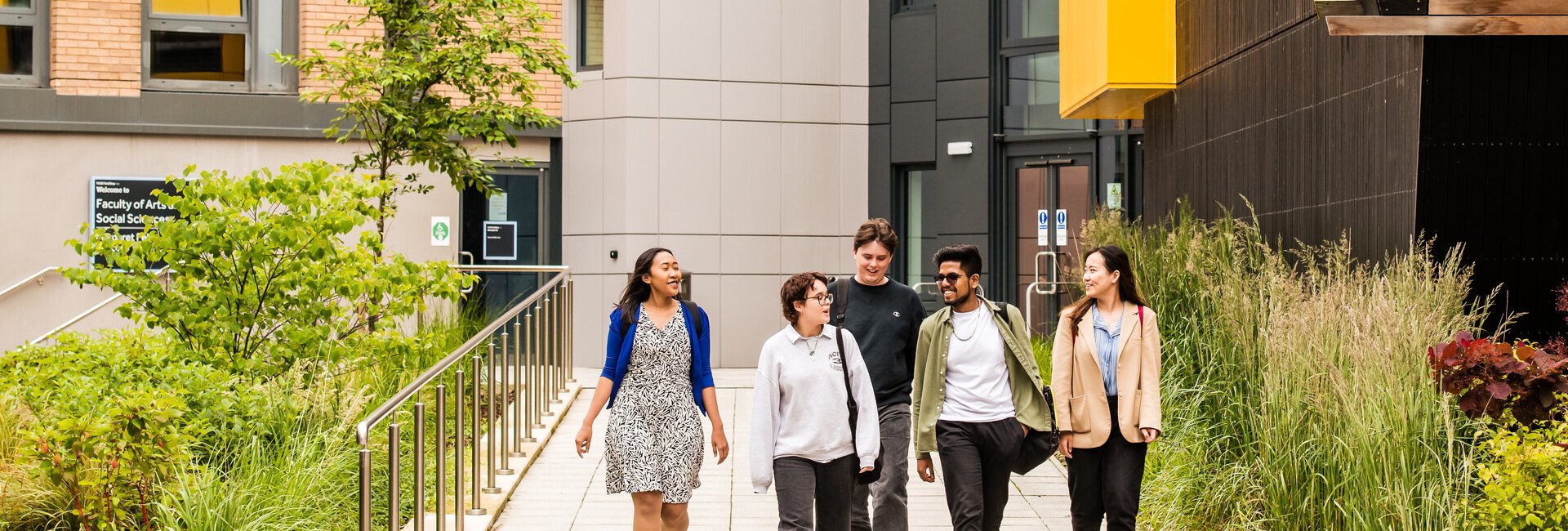Lancaster University Open Day
28 Jun 2025, 09:00
Lancaster

Mathematics and statistics underpin all aspects of modern life: advances in science, innovations in medicine, new technology, and business. Our programme provides a comprehensive study, preparing you for a wide range of rewarding career opportunities.
Mathematics and statistics allow us to understand our world at the most fundamental level. Studying these subjects provides us with information in its purest form, giving us answers to problems from all aspects of life. You can learn to study and predict patterns and changes in everything, including human behaviour, plant growth, chemical reactions, and stocks and shares. As a result, an advanced understanding of maths and stats is highly sort after in a range of industries.
During your first year, you will build on your previous knowledge and understanding of mathematical methods and concepts. Modules cover a wide range of topics from calculus, probability and statistics to logic, proofs and theorems. As well as developing your technical knowledge and mathematical skills, you will also enhance your data analysis, problem-solving and quantitative reasoning skills.
In the second year, you will further develop your knowledge in analysis, algebra, probability and statistics. You will also be introduced to Computational Mathematics, exploring the theory and application of computation and numerical problem-solving methods. While studying these topics, you will complete our Project Skills module, which provides you with the chance to enhance your research and employment skills through an individual and group project. Additionally, you will gain experience of scientific writing, and you will practise using statistical software such as R and LaTeX.
Your final year offers a wide range of specialist optional modules, allowing you to develop and drive the programme to suit your interests and guide you to a specific career pathway. You will have the chance to apply the skills and knowledge you have gained in the first two years in advanced mathematical modules such as Combinatorics, Number Theory, Medical Statistics and Stochastic Processes.

Learn what it's like to study at Lancaster University. From key stats to campus highlights, open days, and more - find everything you need to know here.
The following entry points are available for this course:
This section shows the range of grades students were previously accepted with - learn more. It is designed to support your research but does not guarantee whether you will or won't get a place. Admissions teams consider various factors, including interviews, subject requirements, and entrance tests. Check all course entry requirements for eligibility.
Students aged 17/18 who applied to this course were offered a place.
See how students with your grades have been accepted onto this course in the past.
Operated by the Office for Students
Employment after 15 months (Most common jobs)
Go onto work and study
The number of student respondents and response rates can be important in interpreting the data – it is important to note your experience may be different from theirs. This data will be based on the subject area rather than the specific course. Read more about this data on the Discover Uni website.
No fee information has been provided for this course
Tuition fee status depends on a number of criteria and varies according to where in the UK you will study. For further guidance on the criteria for home or overseas tuition fees, please refer to the UKCISA website.
For information on our fees, please see www.lancaster.ac.uk/study/fees-and-funding.